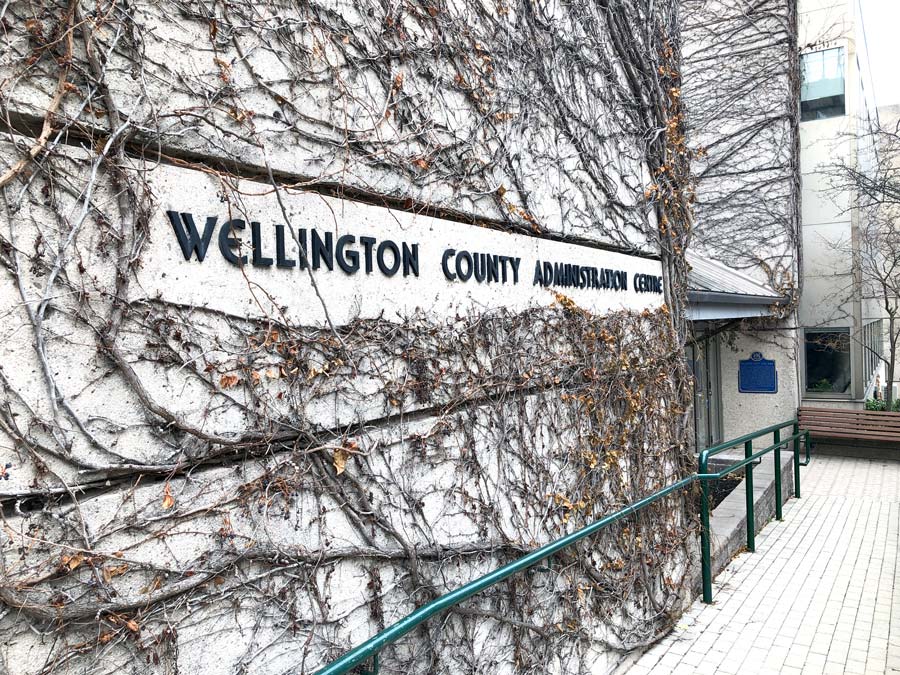WELLINGTON COUNTY – The combined Ontario Community Infrastructure Fund (OCIF) allocation for Wellington County municipalities will rise by just over $30,000 next year.
However, the majority of lower tier municipalities will receive less in 2023 and the County of Wellington itself will see its allocation fall by more than a half-million dollars.
The county and its seven member municipalities will receive a combined $11,945,846, up from $11,914,205 in 2022.
The County of Wellington will receive $3,252,789 from the OCIF in 2023, a reduction of $506,679 from the previous year.
Among lower tier municipalities:
- Centre Wellington will receive $2,985,485, up from $2,596,074 in 2022;
- Erin will receive $466,263, down from $548,545;
- Guelph/Eramosa’s allocation is $781,145, down from $918,994;
- Puslinch will receive $380,951, down from $331,262;
- Wellington North will receive $1,944,252, down slightly from $1,903,374;
- Mapleton has been allocated $991,573, up from $862,237; and
- Minto will receive $1,143,388, up from $994,250.
The change in 2023 OCIF allocations represent a departure from 2022, when total allocations across the county more than doubled from the 2021 total of $5.9 million in what the province at the time called the largest increase in OCIF since the program was created.
Local allocations were provided earlier this week by Perth-Wellington MPP Matthew Rae’s office.
“Our government is helping our local municipalities address critical infrastructure needs, such as road, bridge, water and wastewater projects,” Rae stated in a Dec. 13 news release.
“In 2021, our government committed to doubling the funding under OCIF for the next five years. These funds will help our local municipalities undertake critical infrastructure projects, while reducing the impact on their budgets.”
OCIF supports local infrastructure projects for communities with populations under 100,000, along with all rural and northern communities.
Municipalities may accumulate their funding for up to five years to address larger infrastructure projects.
“Funding allocations are based on a formula that recognizes the different needs and economic conditions of communities,” the release states.




